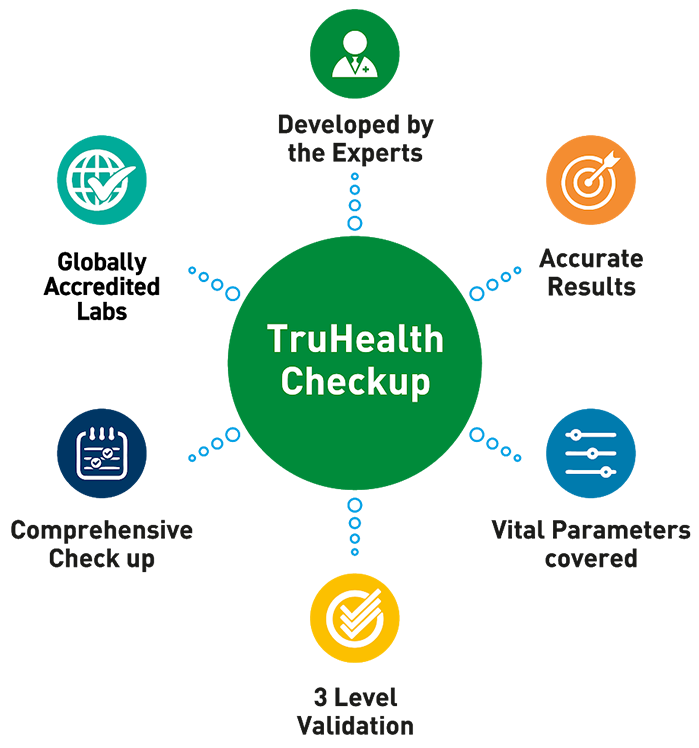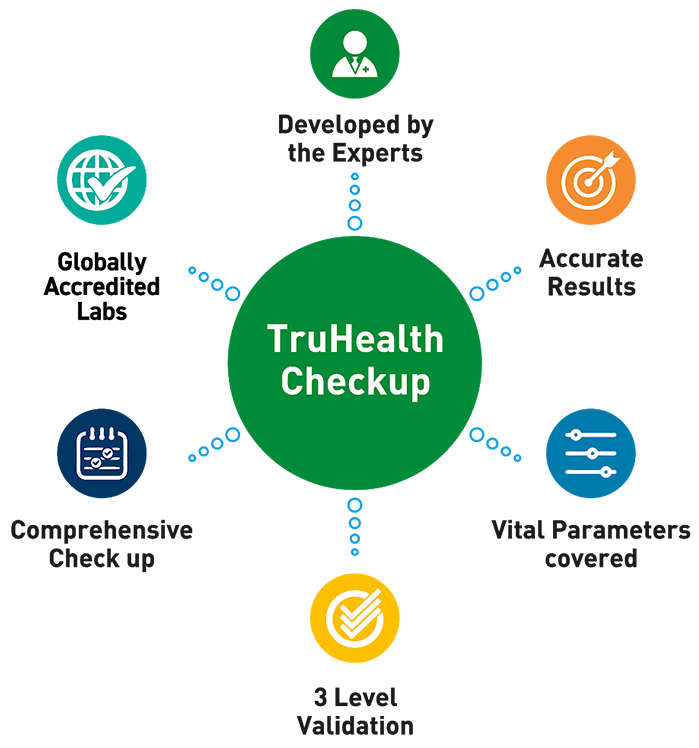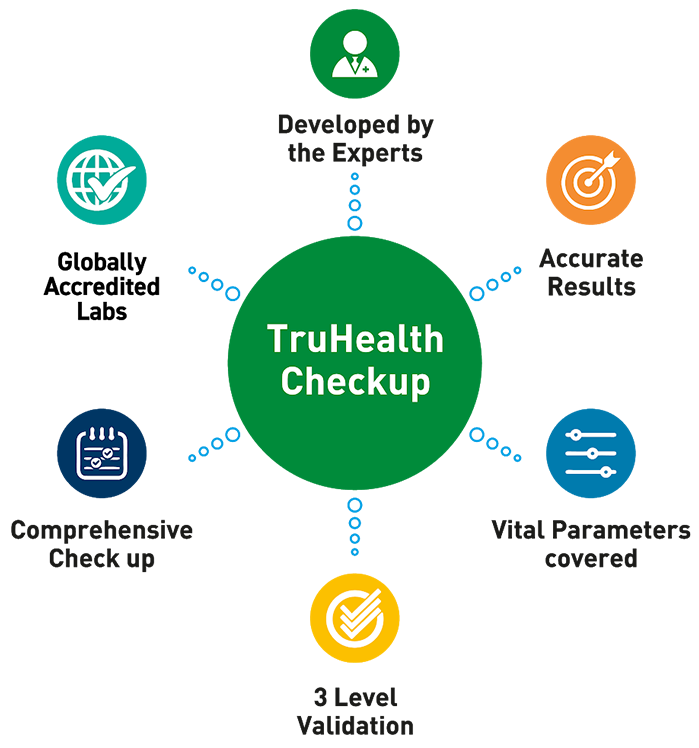Preventive Healthcare
Monocytes: What High and Low Levels Mean

Table of Contents
- What Are Monocytes
- What Do Monocytes Do?
- What Do Monocytes Look Like?
- Where Are Monocytes Located?
- What Are The Common Disorders That Affect Monocytes?
- What Is A Normal Range For Monocyte Count?
- What Are Common Tests To Check The Health Of Monocytes?
- What Are Common Symptoms Of Monocyte Conditions?
- What Are Common Treatments For Monocyte Conditions?
- How can I keep my monocytes healthy?
- Conclusion
What Are Monocytes
Monocytes are white blood cells whose primary work is to fight germs and infections like fungi, bacteria, protozoa, etc., to destroy them. Monocytes call other white blood cells to heal injury and prevent infection. Thus the role of monocytes is to keep us healthy.
What Do Monocytes Do?
White blood cells, like monocytes, are essential to the immune system because they protect the body from illnesses and other unwanted infections. By producing chemicals called cytokines, monocytes also help keep the defence system in check. These cytokines help to organize and change the immune reaction. They do this by affecting other immune cells' activity and ensuring that inflammation and immune defence are overall balanced.
The lifecycle of monocytes begins in bone marrow. They grow there and get trained to protect our bodies. Once matured enough, they enter our bloodstream and tissues to fight against germs.
What Do Dendritic Cells Do
Dendritic cells are antigen-presenting cells. These cells send alert signals to other body cells to fight against infection. Dendritic cells stay in superficial tissues below our skin and under the lungs, nose, stomach and intestine lining. During the germ attack, dendritic cells collect antigens of attacking germs and produce proteins called cytokines. This process sends signals to other white blood cells to reach the infection site and destroy the invader.
Thus, you can call dendritic cells as the fire department's call centre in our body.
What Do Macrophages do
Macrophages are the front lines of the fire in our body. They protect our body from germs like viruses, fungi, bacteria and protozoa. Macrophages surround the germs and kill them with toxic enzymes in the cell.
What Do Monocytes Look Like?
Monocytes are the most prominent white blood cells, around twice the size of red blood cells. Because of their large size, they can be easily detected under the microscope. Monocytes comprise a two-bodied nucleus floating in a contained fluid known as cytoplasm.
While observing monocytes under a microscope, a lab technician will add a stain for a better view. The addition of stain turns the colour of cells from pale to dark blue and purple. Inside the cytoplasm, there are small granules that are light purple. The shape of the nucleus changes with the movement of cells throughout our body. The monocyte's nucleus may appear in dark purple in the cell centre and can present in the below-mentioned shapes:
· A horseshoe
· A lump of kidney beans
· A lopsided circle
· A circle with an indentation.
Where Are Monocytes Located?
Monocytes are formed in our bone marrow. Once they attain maturity, they travel to our tissues, where they fight against our body's infection alongside other immune system cells.
What Are The Common Disorders That Affect Monocytes?
This condition will depend on the monocyte count present in our body. This count can be too high or too low because our body is fighting against the infection or disease.
Monocytosis
It happens because of high-level monocytes. Monocytes high happen when your body is facing a chronic infection or disease. Primary reasons behind Monocytes high or monocytosis include:
· Inflammatory disorder
· Heart disease etc.
Monocytopenia
Monocytopenia is a condition in which monocyte count is low. It happens because of a decrease in white blood cell count. Primary reasons behind monocytopenia include:
· Blood infection
· Burn injuries
· HIV
· Reaction to chemotherapy.
What Is A Normal Range For Monocyte Count?
A healthy monocyte count's normal range is between 2% and 8% of your white blood cell count. It equals 200 and 800 monocytes per microliter of blood in a healthy adult. If your monocyte count is outside this range, you will risk getting a monocyte-related condition like monocytes high and low in count.
What Are Common Tests To Check The Health Of Monocytes?
Through blood tests, you can know the health of your monocytes. Two tests can diagnose the count of monocyte cells in your body.
Complete blood count: In this test, your healthcare provider will take the blood sample from your vein and identify various conditions and infections by counting your blood cells. Many monocytes are white blood cells; a complete blood count (CBC) with differential will help in such conditions. This test counts five types of white blood cells in your blood and determines monocytes' normal range, too low or too high (i.e. high-level monocytes) range.
Absolute monocyte count determines how many monocytes are in your blood sample. The absolute monocyte count is determined by multiplying the percentage of monocytes found in the complete blood count by the total count of white blood cells in the same sample. The result again determines normal, low or high-level monocytes.
What Are Common Symptoms Of Monocyte Conditions?
In the case of monocytes high or low monocytes, you won't face any high or monocytes low symptoms from the count. Instead, the symptoms you may feel will be the side effects of the infection, which will make your monocyte count abnormal. Such symptoms include:
· Swelling
What Are Common Treatments For Monocyte Conditions?
The treatment will depend on the severity of your condition. It can be as simple as changing your diet plan or as significant as curing the underlying condition through chemotherapy. Your healthcare provider will suggest treatment options based on your diagnosis and severity level.
How do I reduce my high monocyte count?
Below-mentioned is the treatment to reduce your monocyte count:
· Avoid foods like red meat, refined carbohydrates or fried foods. Such foods cause inflammation, which can affect your monocyte count
· Exercise regularly
· Limit alcohol consumption
How do I increase my low monocyte count?
Below are the ways to increase your low monocyte count
· Improve your body's immunity through vitamin supplements like B12, C and D.
· Treat underlying infection
· Discuss with your healthcare provider and change the dose or timings of medications that might have reduced the monocyte count.
How can I keep my monocytes healthy?
You can maintain the health of your monocyte count by:
· Eating a balanced diet with regular exercise.
· Reducing stress
· Maintain good hygiene to reduce the chances of any infection.
Conclusion
Monocytes are firefighters of your body as they stop the spreading of germs in your body. Keep your monocytes healthy by boosting your immune system. Book a slot with Metropolis for a blood test if you want to know your monocyte count. The lab is known for its accurate results; you can even avail yourself of the facility of giving blood samples from the comfort of your home. The test will let you know about monocytes' high or low monocytes accurately.





















